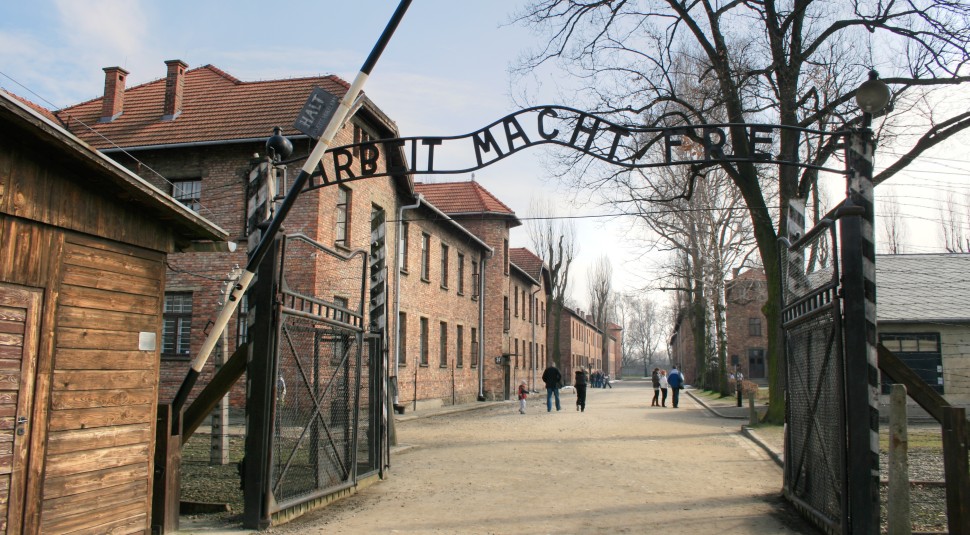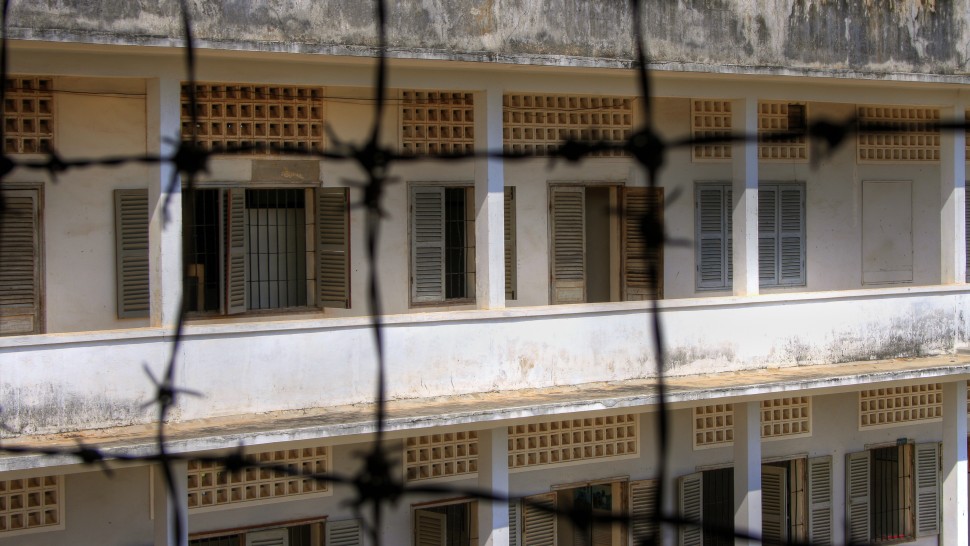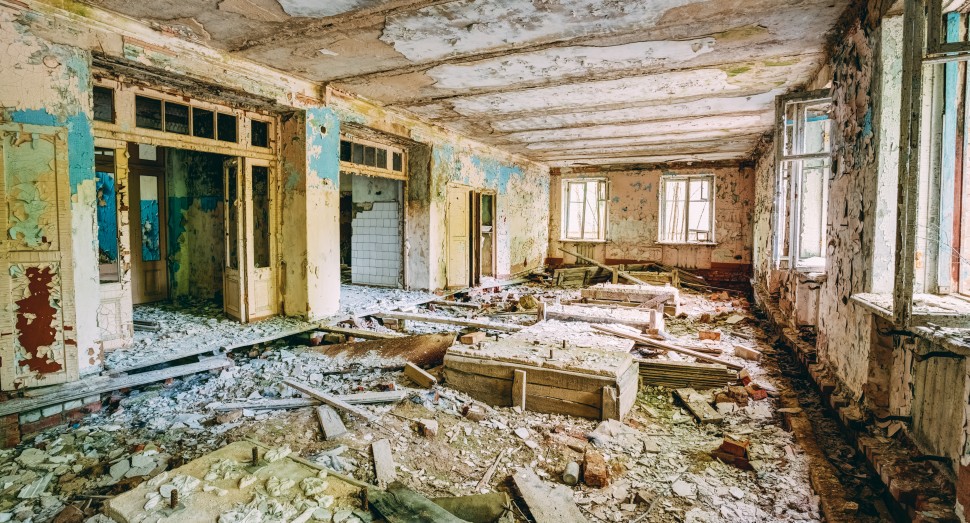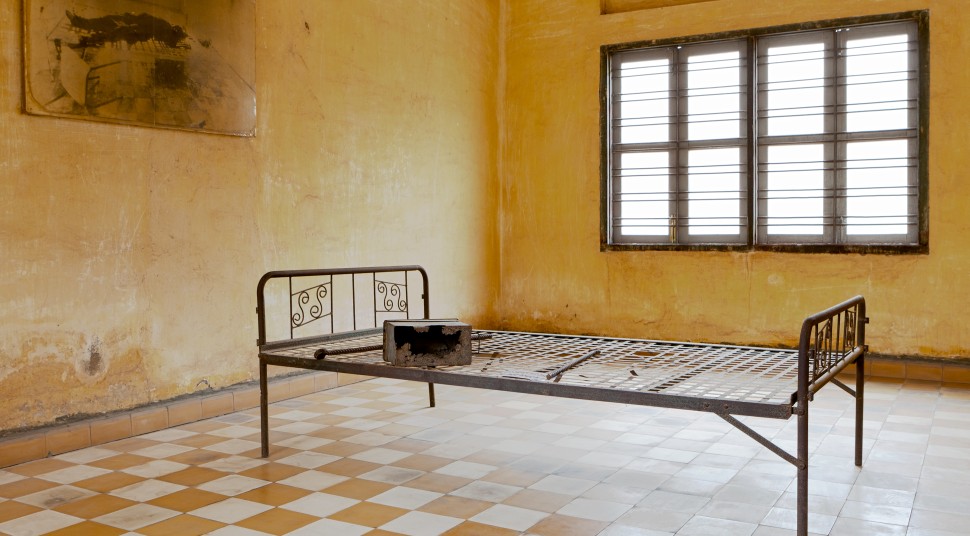Dark Tourism: Exploitation or Improving Historical Perspective?
War, suffering, death. Like it or not, such elements of the macabre hold a morbid fascination for many of us. Years ago this (arguably voyeuristic) interest was explored from the armchair, aided by books and newspapers, television and radio. Today it is a far more hands-on phenomenon.
With more free time, larger expendable incomes and the global expansion of the middle classes, there is more scope than ever for people to see the sites of disasters, battles and genocides in person. This practice has been called ‘dark tourism' or more pejoratively, ‘grief tourism'.
It is generally accepted that dark tourism is an evolution of ‘war tourism' or ‘battlefield tourism', an activity that began hundreds of years ago. In 1653 Willem van de Velde sailed out to sketch a sea battle between the English and the Dutch, drawing the action on the spot. Our own JMW Turner visited Waterloo two years after the bloody 1815 battle – a clash which resulted in 65,000 casualties and the ending of Napoleon's imperial ambitions. Turner's trip inspired the moving The Field of Waterloo (1818).
Many artists and writers visited such battle sites, often motivated to relay the stories of these tragedies with humanity. Inevitably though, some visitors would be driven by triumphalism or voyeurism. And soon, it wasn't only the very rich or well-sponsored that began visiting battlefields; Thomas Cook advertised a tour of the 1899 Second Boar War before the conflict had even concluded.
Auschwitz
Today, the scenes of some of the most horrifying chapters in human history can be visited by almost anyone and visitor numbers are rising. Auschwitz, where an estimated 1.1 million people were exterminated by the Nazis in the 1940s, received more than 1.5 million visitors in 2014 – more than any other time in its 65 year history.
Piotr Cywinski, director of the Memorial and Museum at Auschwitz-Birkenau, spoke of increasing visitor numbers to the site in 2011: "Auschwitz is to the world the symbol of the atrocities and the total, mass extermination of the Jews in gas chambers, carried out by Germans." A visit to the camp is "not only a history lesson but also a lesson in responsibility resulting from memory."

The Killing Fields
Key sites in the Cambodian Genocide, too, attract many national and international visitors, with the majority visiting the S-21 Security Prison (Tuol Sleng Genocide Museum) and the Cheung Ek killing field, both in Phnom Penh's locale. These were two haunting sites among hundreds of others across Cambodia, where under Pol Pot's ‘agrarian socialist' regime between two and three million died of starvation or disease, or who were executed by the Khmer Rouge.

And there are numerous other sites which remind us of humanity's darker side, often attracting large numbers of visitors. From the reactor meltdown site of Chernobyl in the Ukraine to Ground Zero in New York, disaster and death effortlessly capture the public's attention.
 Chernobyl, Ukraine
Chernobyl, Ukraine
Dark Tourism: An Unhealthy Fascination?
Many would argue it is perfectly natural for humans to be fascinated by death. After all, it is one of the few events that we will all face. There is a catharsis in facing the locations of calamity, torture and genocide – a facing of death itself.
Then of course there is the remembrance of the people who suffered. Who could fail to be moved by the huge glass stupa in Cheung Ek, containing the skulls of thousands of murdered Cambodians? Or walking under the Arbeit Macht Frei sign in Auschwitz – as so many less fortune individuals did in the 1940s?
And yet it is not always easy to sense the enormity of the suffering that occurred in these places. When one stands next to the Wall of Death in Auschwitz, one might feel oddly detached, even though one is in the very spot where thousands were murdered. Peering into a gloomy former school class room at Tuol Sleng, it takes some time (and courage) to imagine what took place on that rusty bed-frame, or what caused those ominous floor stains. And that tooth on the grass or that tatty scrap of clothing at Cheung Ek really is there.
 Tuol Sleng, Cambodia
Tuol Sleng, Cambodia
It's hard to deny a sense of voyeurism in these places. But if such visits begin with this motivation, they invariably end with a sombre, heavy heart, and the hope that this can't happen again.
Of course there are the profiteers, from the Chernobyl tour organisers to the Ground Zero plush toy sellers in New York, entreating visitors to ‘show your support for Ground Zero'. And the tuk-tuk drivers loitering outside Tuol Sleng don't have the Cambodian Genocide on their minds when they're asking you where you want to go next: Your hotel? Or to a firing range where there's a Kalashnikov and a live chicken with your name on them?
But such experiences at least remind us that life goes on. Indeed, for poorer countries that have experienced disaster, war or genocide, the money generated by tourism supports countless livelihoods. Perhaps even more positively, the emergence of ‘voluntourism' directly benefits locations of recent disasters – whereby visitors volunteer to help with clean-up operations or use their skills to help communities recover.
A Sense of History
Overall, visiting the sites where humanity did its worst gives a better sense of historical perspective. At its best, dark tourism encourages us not only to appreciate past suffering, but to be more aware of what those affected by disaster and conflict are going through today.
Protection for your next trip
Don't forget starttravel.co.uk offers a range of holiday insurance options for travellers of all needs and budgets.
Get a Quote